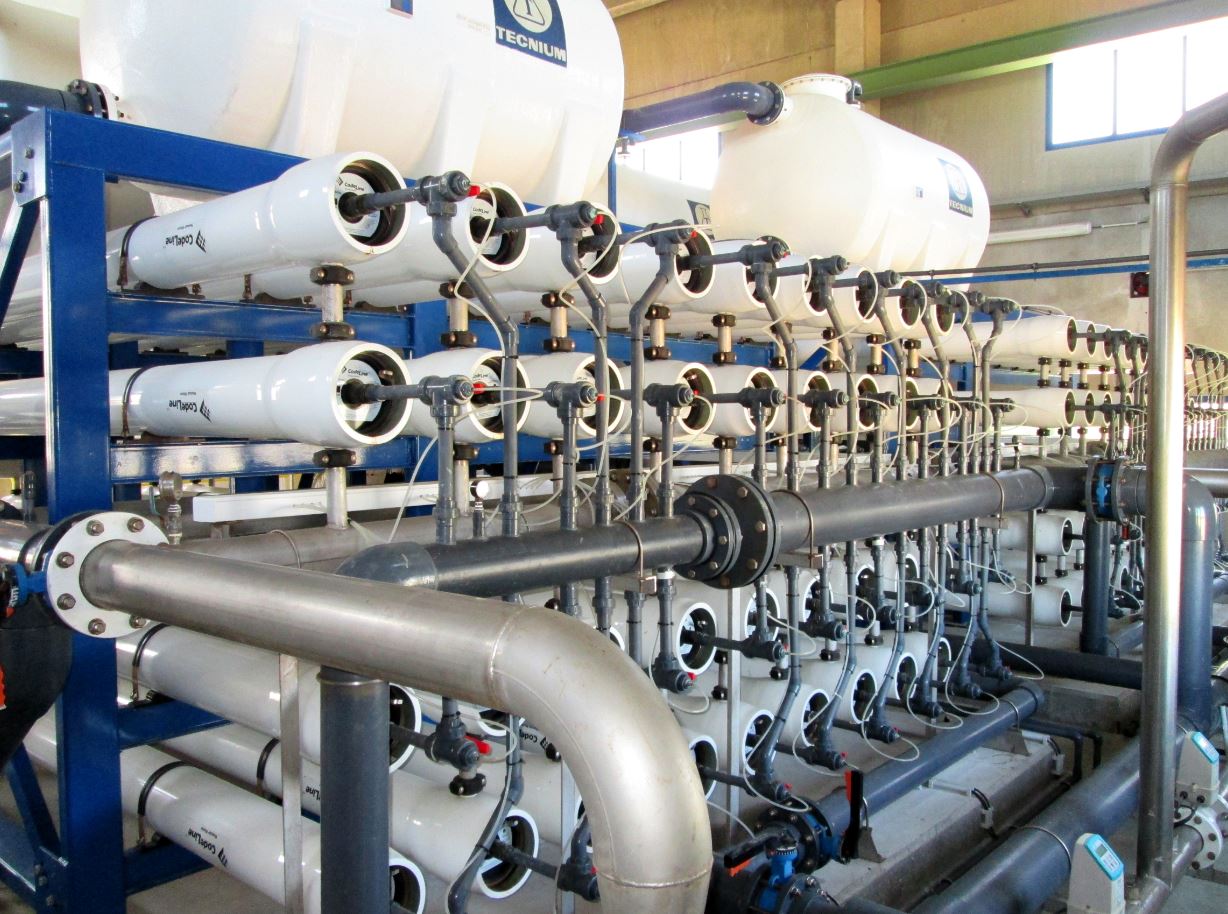Water supply to buildings and properties in communities is done through water supply systems. A water distribution system is basically comprised of a water supply network that is built with hydrologic and hydraulic components capable of carrying potable water from a treatment plan or wells to residents or consumers. In addition to water distribution, a water distribution system also has components for water collection, treatment, and storage.
Types of Water Distribution System
Over the years, there have been tremendous changes in demand for water distribution systems which has led to the emergency of different types of water distribution systems. In case topographical conditions allow, gravity distribution is used. This involves having the reservoir at an elevated point of the distribution system. This creates enough pressure to distribute the water without pumping. In case pumping is needed, the water is pumped directly into distribution lines or a reservoir. Below are the different types of water distribution systems;
Grid Iron System
The gridiron system has water mains and branches laid and installed in rectangles. With this type of system, the water supply has a great flow and circulation since there are no dead ends. Although there are some water-related problems, this system has properties that allow a steady water supply.
The main supply line goes through the center of the area and sub mains branch off in perpendicular directions. The sub-mains are interconnected by branch lines. The system is mainly used in cities that have rectangular planning similar to a gridiron. The main feature of this system is that all the pipes are interconnected and there are no dead ends.
Advantages of this system include free circulation of water and remove any stagnation. It reduces the chances of pollution due to stagnation. Because of the interconnections water is available at every point with minimum loss of head. During repairs, only a small area of distribution is affected.
Ring Systems
Ring systems are placed along peripheral roads and sub mains that are branched out from the main connections. Like the gridiron system, the rings system also follows the gridiron system when it comes to its flow pattern. The water supply and connection from ring systems can come from different directions.
Advantages include a simple and easy design calculation. In addition, it requires a small number of cut-off valves and also requires a low operation and maintenance cost. Finally, it requires the simple laying of pipes.
Radial System
Radial systems are mainly used in places that are divided into different zones. The water is first pumped into a reservoir which is installed in the middle of every zone. The biggest advantage of the radial systems is that they can easily provide the needed water of properties. They can also make the calculation of pipe sizes easier.
Dead-End System
Dead-end systems are mainly used in places that have no strict or definite road patterns. These systems are much cheaper compared to other water distribution systems. These systems can also determine discharges and pressure more conveniently as they use fewer valves than other systems.
Pressure requirements in water distribution systems
There are pressure requirements that are observed when setting up water distribution systems. These requirements are also used in fire-fighting equipment. In the US, a tire pressure of 60 psi is recommended in residential districts. In commercial districts, a minimum pressure of 75 psi is recommended.
Distribution Reservoirs
A water supply system is used to provide storage to meet changes in demand. They are also used to stabilize the pressure in the water distribution system. The reservoir should be located as close to the meter as possible. In addition, the reservoir must have its water as high as possible to increase pressure due to gravity.

